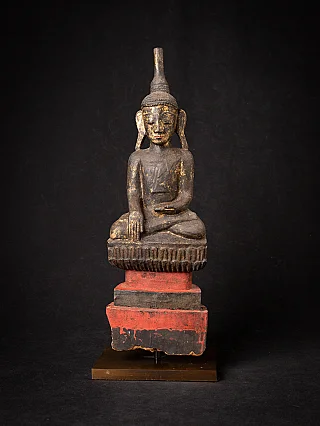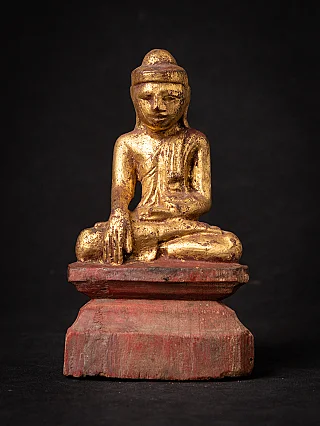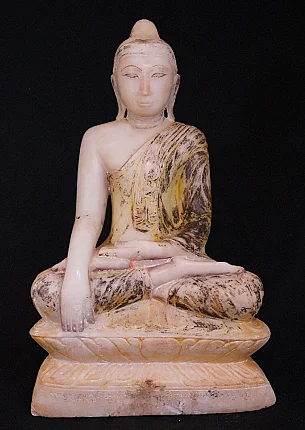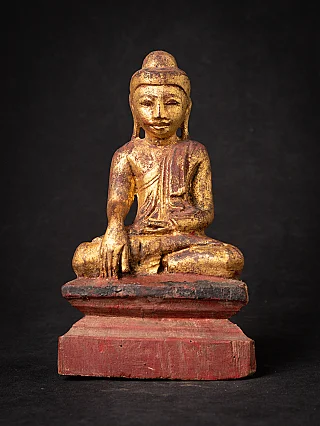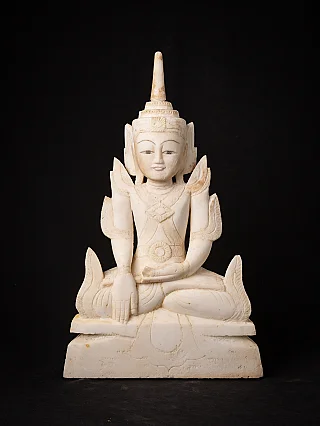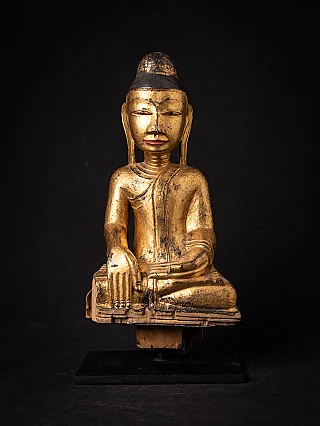Mahayana Buddhism
Author : Peter Vredeveld
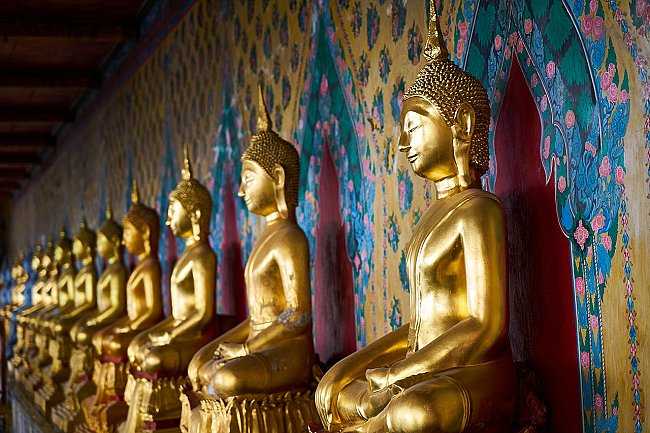
Mahayana Buddhism, also known as the Great Vehicle, is the form of Buddhism prominent in North Asia, including China, Mongolia, Tibet, Korea, and Japan.
Mahayana is one of Buddhism's main existing branches, and the Sanskrit word "Mahayana" means excellent vehicle. The other current branches of Buddhism are Theravada and Vajrayana, but Vajrayana is classified as a part of Mahayana Buddhism under some classifications. Mahayana refers to the path of Bodhisattva to attain Enlightenment to help all sentient beings free from all suffering and pain. This is called "Bodhisattvayana" or the "Bodhisattva Vehicle". Over the years, the Mahayana was subdivided into more schools that practiced different doctrines and spread from India to China, Tibet, Korea, and Japan, thus becoming the dominant form of Buddhism. The people following and supporting the Mahayana Tradition are around 53.2% of the total Buddhist practitioners, the Theravada tradition is about 35.8%, and the Vajrayana tradition is about 5.7%.
Many other traditions follow the principle of Mahayana Buddhism. They are Zen, Chinese Chan, Pure Land, Nichiren, Tiantai, Vajrayana (according to some traditions), Tendai, and Tibetan Buddhism. The teaching of Mahayana is quite distinctive from that of Theravada. In Mahayana, bodhisattvas who are likely to manifest great compassion postpone the final Enlightenment to help and assist those still suffering from the cycle of rebirths. Mahayana Buddhism is sometimes interpreted as a more devotional form since Buddha and Bodhisattva are greatly respected and worshiped.
Origins
The origin of Mahayana Buddhism is still quite a mystery, but there are some views about its origins. It states that Mahayana emerged as a separate school from another, Theravada. However, some historical records show that Mahayana had developed long before that.
"Traces of Mahayana teachings appear already in the oldest Buddhist scriptures. Contemporary scholarship is inclined to view the transition to Mahayana as a gradual process hardly noticed by people at that time."- Heinrich Dumoulin, Historian

During the 1st Century BCE, the name Mahayana was found to distinguish the Mahayana tradition from Theravada tradition. Theravada was called "Hinavana" during the same century. These are the works of Buddhist monks who oppose the idea of attaining Enlightenment by oneself and accuse Theravada of a selfish tradition. During early Mahayana Buddhism, the Mahayanists developed four significant types of thought. They are
- Madhyamaka
- Yogacara
- Buddha Nature
- Buddhist logic
Bodhisattva Ideal
The Mahayana is one of the three alternatives to attain the state of Nirvana. The Mahayana emphasizes postponing one's liberation so that one may help, assist, and guide all sentient beings to the state of Nirvana. According to Mahayana teachings, a high-level Bodhisattva possesses a mind of great compassion and wisdom.
"The most essential part of Mahayana is its emphasis on Bodhisattva ideal, which replaces that of the arhat, or ranks before it."- Ananda Coomaraswamy
According to Mahayana teachings and practices, six perfections are needed for Bodhisattva. They are
- Perfection of giving or generosity
- Perfection of good conduct or behavior
- Perfection of Patience
- Perfection of vigor and diligence
- Perfection of Meditation
- Perfection of wisdom
- Trikaya or Three-Body Doctrine
The concept of the Three-Body Doctrine of Buddha is purely a Mahayana concept. Mahayana Tradition believes that Lord Buddha has three bodies. They are:
- Nirmanakaya Body
It is also known as the appearance body or material body of Sakyamuni Buddha.
- Dharmakaya Body
Also known as the Dharma body, the eternal Dharma lies beyond all conceptions and dualities.
- Sambhogakaya Body
Also known as The Bliss or Enjoyment body in which Bodhisattva appears in a celestial realm.
Scriptures
- Agamas:
Agamas is a collection of early Buddhist scriptures. There are five agamas in Buddhism, and they comprise Suttapitaka of early Buddhist Schools. The five agamas are:
- Dirgha Agama – Long Discourses
- Madhyama Agama – Middle-Length Discourses
- Samyukta Agama – Connected Discourses
- Ekottara Agama – Numbered Discourses
- Ksudraka Agama – Minor Collection
Three Turning of Wheels of Dharma
The turning of Wheels of Dharma refers to understanding a sutra of Lord Buddha's teachings, which the Yogachara School devised initially. The three turning of Wheels of Dharma are as follows:
- First Turning
- It teaches the Four Noble Truths and other elements of Tripitaka (Abhidharma, sutrapitika, and Vinaya). It is said to have taken place at Deer Park of Sarnath.
- Second Turning
- They are second. Turning mainly emphasizes emptiness and compassion. These two elements form bodhicitta, which is an epitome of Second turning. Second Turing is said to have taken place at Vulture Park in Bihar.
- Third Turning
- Third, Turning mainly emphasizes Buddha's nature and Tathagatagarbha's doctrine. The third turning of Wheels of Dharma is said to have occurred in Shravasti and other Indian locations such as Kushinagara.
Share this page



















